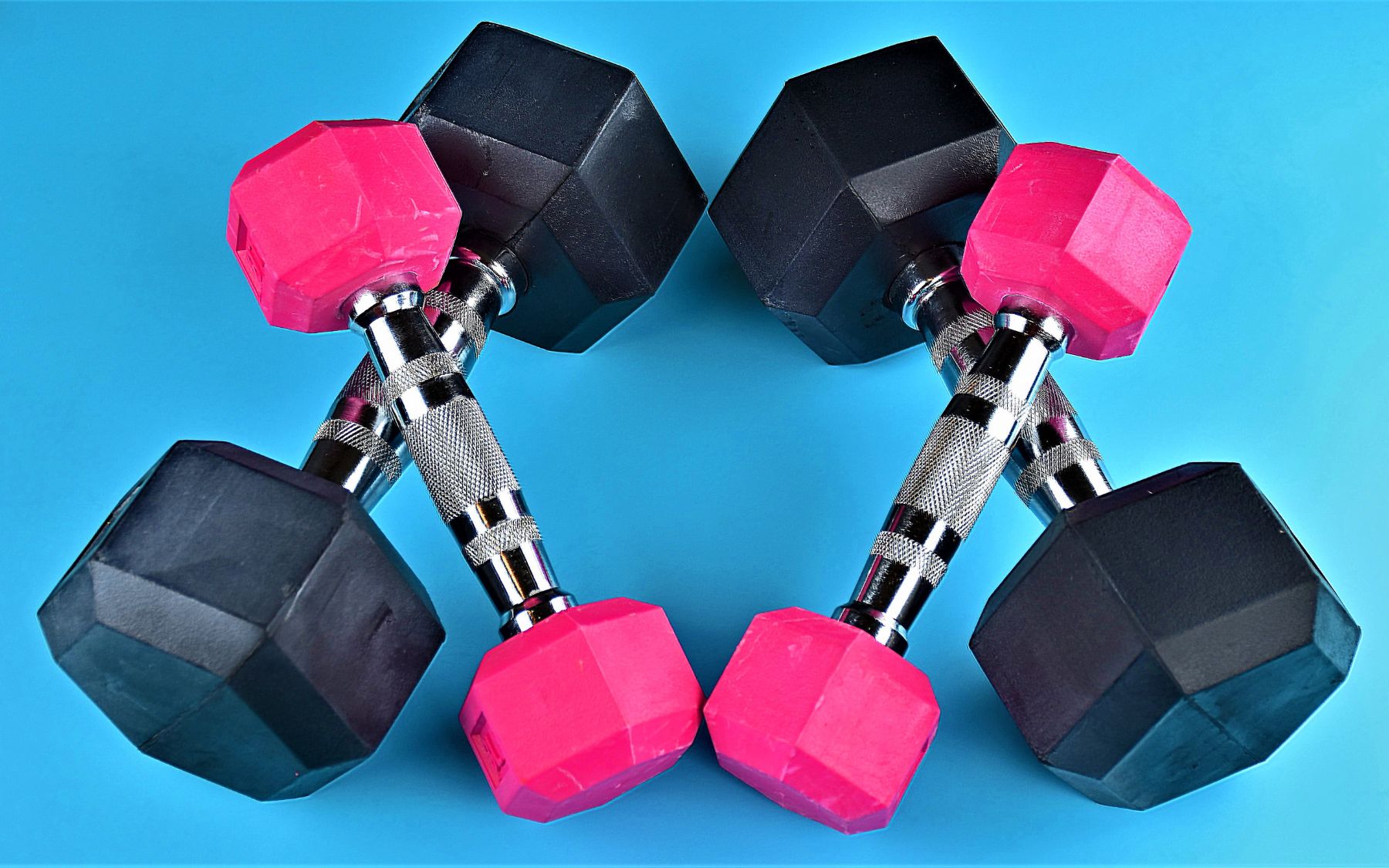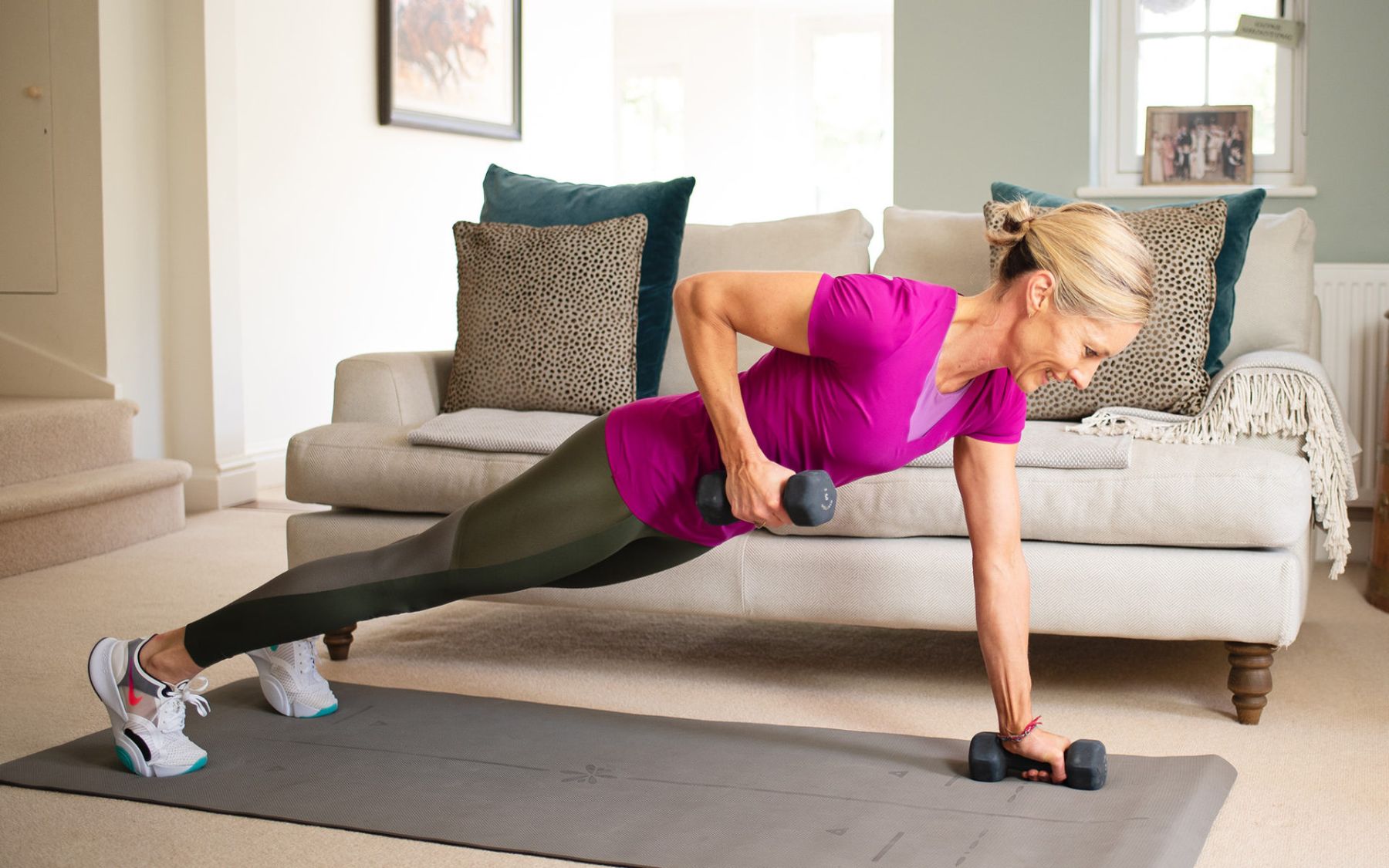Building stronger bones involves a combination of factors, including genetics, nutrition, and physical activity. This week I am going to dive into the science behind the formation of bones and what we can do to help!
Ossification is the process by which bone tissue is formed, and it involves the deposition of minerals (mainly calcium and phosphate) into a framework of collagen fibres. There are two primary types of ossification: intramembranous ossification and endochondral ossification (stick with me on the science here!).
1. Intramembranous Ossification:
- Location: This type of bone formation occurs directly within mesenchymal (undifferentiated embryonic connective tissue) membranes, without the intermediate step of cartilage formation.
- Process:
- Mesenchymal cells differentiate into osteoblasts (the scientific name for bone-forming cells).
- Osteoblasts release an organic matrix (osteoid), which consists of collagen fibres.
- Calcium salts are deposited within the osteoid, leading to the formation of bone tissue.
- The type of bone formation process occurs mainly in flat bones of the skull, facial bones, and part of the clavicle.
2. Endochondral Ossification:
- Location: This type of bone formation involves the replacement of a cartilaginous model with bone tissue and is the process by which the majority of bones in the body are formed.
- Process:
- Firstly the body must form a Cartilage Model: Mesenchymal cells differentiate into chondrocytes (cartilage-forming cells) that form a cartilaginous model of the future bone.
- The cartilage model grows, and a primary ossification centre is established in the diaphysis (shaft) of the bone.
- Vascular Invasion: Blood vessels infiltrate the cartilage model, bringing osteoblasts (bone forming cells) and nutrients.
- Osteoblasts replace the cartilage with bone tissue in the primary ossification centre.
- Formation of Secondary Ossification Centres: Secondary ossification centres develop in the epiphyses (ends) of the bone.
- Cartilage is replaced by bone in these secondary ossification centres.
- Epiphyseal Plates (Growth Plates): A layer of cartilage, known as the epiphyseal plate, remains between the shaft and end of the bone. The epiphyseal plate is responsible for bones getting longer in children and adolescents – growing taller.
- Closure of Epiphyseal Plates: As an individual reaches skeletal maturity, the epiphyseal plates close, and the bone stops growing in length.
- The building of bone in the shaft and ends of bone continues throughout life with new bone being formed all the time and old bone being destroyed – it is a balancing act. To continue to build stronger bones you need the bone growth rate to be more rapid than the rate of bone decline – this is what we are trying to combat as we age.
Both types of ossification mentioned above involve the activity of osteoblasts, which are responsible for bone formation, and osteoclasts, which are involved in bone resorption (or breakdown). The balance between these two processes is crucial for maintaining bone structure and function throughout life.
Ossification is a dynamic and tightly regulated process, influenced by genetic factors, hormones, and mechanical stimuli. Here are some key aspects of the factors behind building and maintaining strong bones:
- Nutrition:
- Calcium and Vitamin D: Calcium is a crucial mineral for bone health, and vitamin D helps the body absorb calcium. Good dietary sources of calcium include dairy products, leafy green vegetables, and fortified foods. Vitamin D can be obtained from sunlight exposure, certain foods, and supplements.
- Other Essential Nutrients: Besides calcium and vitamin D, other nutrients such as vitamin K, magnesium, phosphorus, and trace minerals contribute to bone health. A well-balanced diet that includes a variety of nutrients is essential.
- Weight-Bearing Exercise:
- Strength Training: Resistance or strength training exercises stimulate the bones to adapt and become denser. Weight-bearing exercises, like lifting weights, using resistance bands, or doing bodyweight exercises, create a positive impact on bone density.
- Impact Activities: Activities that involve impact, such as running, jumping, or power walking, can also promote bone health. These activities generate forces on the bones, leading to an adaptive response that strengthens them.
- Hormonal Regulation:
- Hormones, particularly oestrogen and testosterone: These hormones play a role in bone health. For example, during menopause, women may experience a decrease in oestrogen levels, which can lead to bone loss and therefore weaker bones – diet and exercise can help offset this.
- Lifestyle Factors:
- Avoiding Smoking and Limiting Alcohol Intake: Smoking and excessive alcohol consumption can negatively impact bone health. Smoking has been associated with lower bone density, and excessive alcohol intake can interfere with calcium absorption and affect bone remodelling.
- Genetics: Genetic Factors:
- Genetic predisposition can influence bone health. Some individuals may have a higher genetic potential for achieving greater bone density. However, lifestyle factors still play a significant role.
It's important to note that building and maintaining strong bones is a lifelong process. While bone density typically peaks in early adulthood, lifestyle choices can impact bone health throughout life. Consulting with a healthcare professional, especially if you have specific concerns or risk factors, is advisable to create a personalised plan for optimal bone health.
As always any questions, please get in touch.
